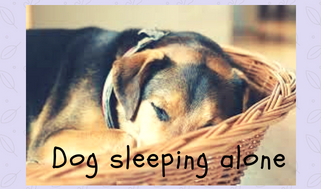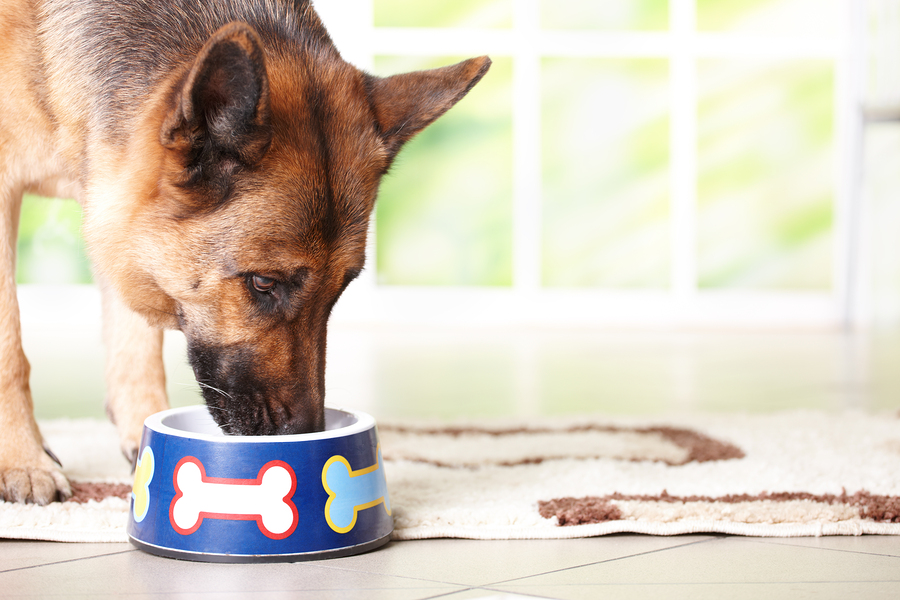Like humans, dogs are social creatures that don’t tend to survive well in solitude. In fact, they love attention at all times and will do anything for their owner’s praise and love. In fact, being alone can be quite stressful for them at times. Fortunately, dog owners can teach their furry friends to enjoy his alone time, or at least tolerate it without getting destructive.
While the majority of canines don’t necessarily need alone time to contemplate life or explore themselves better, some do fine and stay contented if they are left to be alone. A lot of dogs use this time to take a nap or engage in other favorite activities, such as playing with toys, digging, chasing birds, etc.
Most dog owners cannot devote their entire lives to their dogs, which is why it is important to let your dog get used to "me time," where they remain by themselves and indulge in their favorite activities. Keep in mind that always being readily available for your dog can cause him to become extremely attached to you, which in turn can lead to separation anxiety should you have to leave your dog alone in the future.
If you are planning to start leaving your dog alone, either due to work or a coming vacation, you need to start preparing him for your absence. Dogs face physic and emotional discomfort if they are isolated without any preparation. This is because they know that they are free, but are unaware of what is it that they should do and what is it that they shouldn't. They are also under severe stress as they are afraid of doing anything that they might get punished for.

Secondly, since dogs are used to being around people and other animals, being left alone can greatly take a toll on his emotional health as he may start stressing out. To help you get started, here are five tips that you should follow when planning to give your dog some alone time:
1
Pretend as if you are going out, but stay indoors. For instance, grab your belongings (as if you're leaving), then sit down. Keep repeating this until your dog's anxiety recedes. Now take it up a notch by walking out of the door, but coming back quickly. Repeat these steps until your dog grows comfortable with you leaving the house.
2
Leave the house and stay gone for longer and longer periods of time (10 minutes, then 15 minutes, then 18 minutes, and so forth) - until your canine becomes accustomed to being left alone and staying composed.
3
Give your dog play with a hard rubber chew toy to keep him busy while you are gone; this prevents him from continuously gnawing on the furniture and barking.
4
Give your pet canine a piece of clothing that smells like you. A familiar scent creates a soothing presence that remains even after you have let and helps keep your dog calm enough to deal with separation anxiety.
5
Tone down entrances and exits. Whether you are coming home or leaving, keep it on the down low. Suppress your enthusiasm when greeting your dog, and don’t indulge into dramatic goodbyes when leaving him behind. It may be a challenge, but a less dramatic build-up can reduce the mental charge that leads to your dog's separation anxiety.
6
Exhaust your dog out. Before you leave, make sure your dog gets plenty of exercises and is too tired to make a fuss once you are gone.







